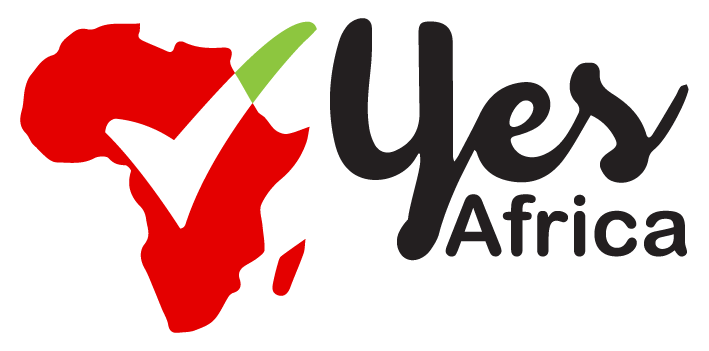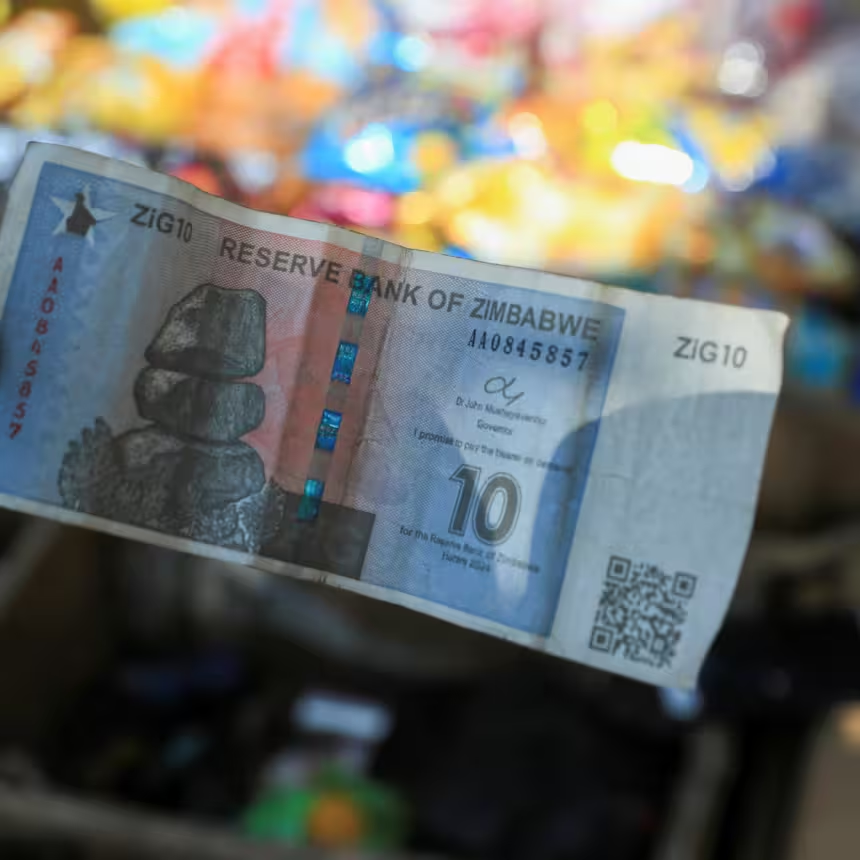Zimbabwe’s new currency is under pressure five months after its launch amid rising food prices and a declining exchange rate. This has put at risk the government’s plan to have it be the only currency on the market by 2026.
The ZiG-backed gold, or Zimbabwe Gold, is the country’s sixth attempt to stabilise its currency in 15 years. It opened at 13.6 ZiG to the dollar in April and has since lost almost 80% of its value on the black market.
Independent economist Prosper Chitambara said the investment showed a lack of confidence in the new currency, which villagers refuse to accept.
Persistence Gwanyanya, a Reserve Bank of Zimbabwe’s monetary policy committee member, told Reuters that despite its slow adoption, it was too early to describe the new currency as a failure.
- Advertisement -
Gwanyanya said the government could increase the use of ZiG by paying more taxes in local currency. He added “The government should see that its currency is preferred over other countries and intervene quickly by injecting more foreign currency into the market.” But the job market is not convinced.
According to Pricecheck, a website that tracks exchange rates, ZiG trades at 20 ZiG to 26 ZiG per dollar on the black market and 13.9 ZiG per dollar on exchanges.
In July, central bank governor John Mushayavanhu mentioned that the policy would deliver on its promise of building confidence in the new currency, a view echoed by Gwanyanya.










